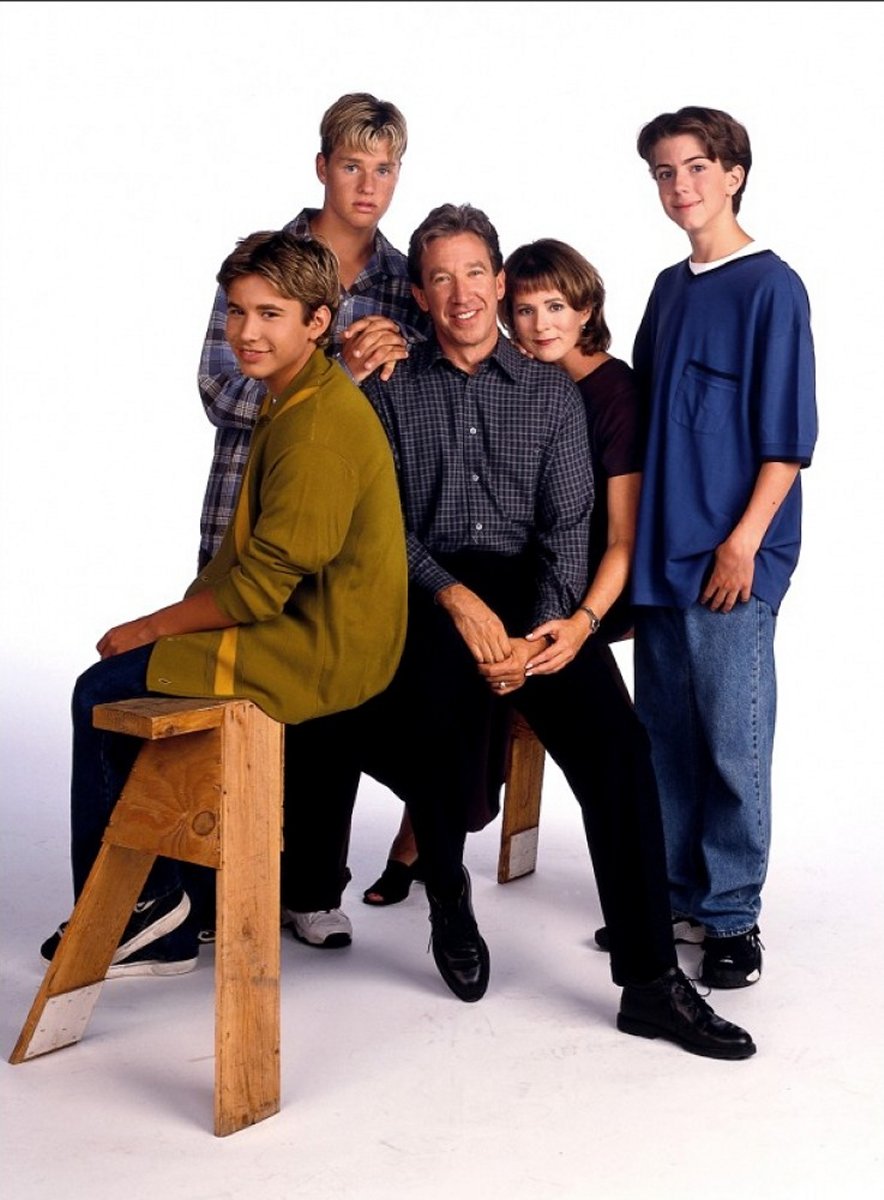How to: Remove wallpaper
Removing wallpaper is a task that many of us would rather avoid. The process has a reputation for being messy, frustrating and time-consuming ... not to mention the potential that exists for damaging the walls beneath. If you've been staring at a wallpaper-covered wall and wishing you could just paint over it rather than attempting to remove it, fear not. We have some expert advice that will help ensure the task is as painless as possible.
Jackie Jordan, director of colour marketing at Sherwin-Williams, shares her tips for how to remove wallpaper - without the stress.
Getting started and methods
There are several ways you can tackle wallpaper removal depending on what you're dealing with. "When you're taking down wallpaper, a lot of it will depend on how long that wallpaper has been up," Jackie says. Both the type of wallpaper and the length of time it's been up will affect the removal method you use, she explains.
Best case scenario: If the wallpaper has been hung recently, within the last five to ten years, those may simply pull off the wall, which means you can tear off the paper minus tools or chemical strippers. Jackie advises testing a corner and if it releases easily, you should be good to go.
Using hot water: Once you test a corner and it's evident you won't be peeling the wallpaper off the wall without some kind of assistance, you can try loosening the paper with hot water or a mix of hot water and vinegar, which can help dissolve the paste if you're not dealing with one that's particularly heavy duty. Spray or sponge on the water, wait five to 10 minutes and then start peeling, making sure to cover your floors with a drop cloth before you start.
Using wallpaper stripper: Thicker paste and older wallpaper will need more than just water for removal so Jackie says another option is to use a wallpaper stripper, which is a chemical solution you spray onto wallpaper to loosen the paste beneath. Once you apply the solution, wait 15 to 20 minutes for it to penetrate and then either peel it off or use a wallpaper scraper to aid with the process.
Using a perforator with a stripper: For thicker wallpaper or vinyl-coated wallpaper, an extra step will be required before you spray any hot water or stripper on the wall and that's to use a wallpaper perforator, a tool that makes small perforations into the paper. This allows the stripper to penetrate through the coating. Roll the tool over to perforate the paper and then spray on the stripper.
Steaming wallpaper: Jackie has had success with a wallpaper steamer. Prep the steamer according to the manufacturer's instructions and then, wearing gloves and safety glasses, steam a section at a time. Sometimes steam alone isn't enough so you might also have to use a wallpaper shaver to aid in the removal.
Wallpaper removal: Troubleshooting
Wallpaper hung over a primed and painted wall is going to be the easiest to remove, Jackie says, especially if that wallpaper is more recent. If someone put wallpaper up over non-primed or painted walls, that's going to be a lot harder to remove and where there is more potential to damage the drywall. When this happens it's not the end of the world, but a little clean-up will be required. "If you damage your drywall don't worry. Just patch any holes or nicks with spackling compound and make sure you prime those spots before you paint."
What can also happen in these cases is that you'll end up peeling the paper coating off of the drywall. "If you tear the paper off the drywall you may need to float those areas with drywall mud," advises Jordan.
General tips, tricks and things to keep in mind
If you're using a wallpaper stripper to remove wallpaper, make sure to let the product soak in before you begin trying to remove wallpaper. Jackie says a common mistake people make is to rush the process. The same goes for using a wallpaper steamer. Let the steam get into and underneath the wallpaper before you start trying to remove it.

Using proper tools is the key to painless wallpaper removal and if you aren't sure what you need, ask at the store. Jackie suggests snapping a few pictures and describing the wallpaper in as much detail as possible (texture, age, etc.) so you'll get accurate advice.
She also stresses that it's important to remember that removing wallpaper is going to go slower than you think it is. Hopefully you'll be pleasantly surprised with what you find when you get started, but she advises that you plan accordingly.
Lastly: "Be careful, be patient, take your time and if you're careful with your tools, you shouldn't have a problem," says Jackie.
Read more in How-To and Home Improvement
http://www.styleathome.com/how-to/home-improvement/how-to-remove-wallpaper/a/60742